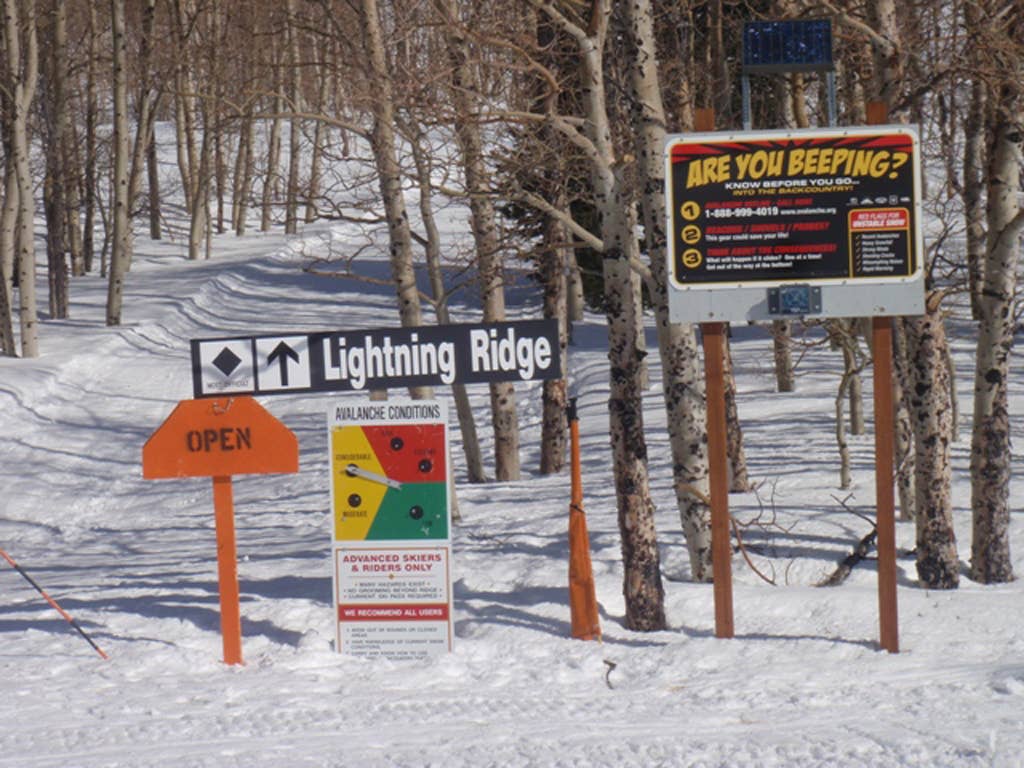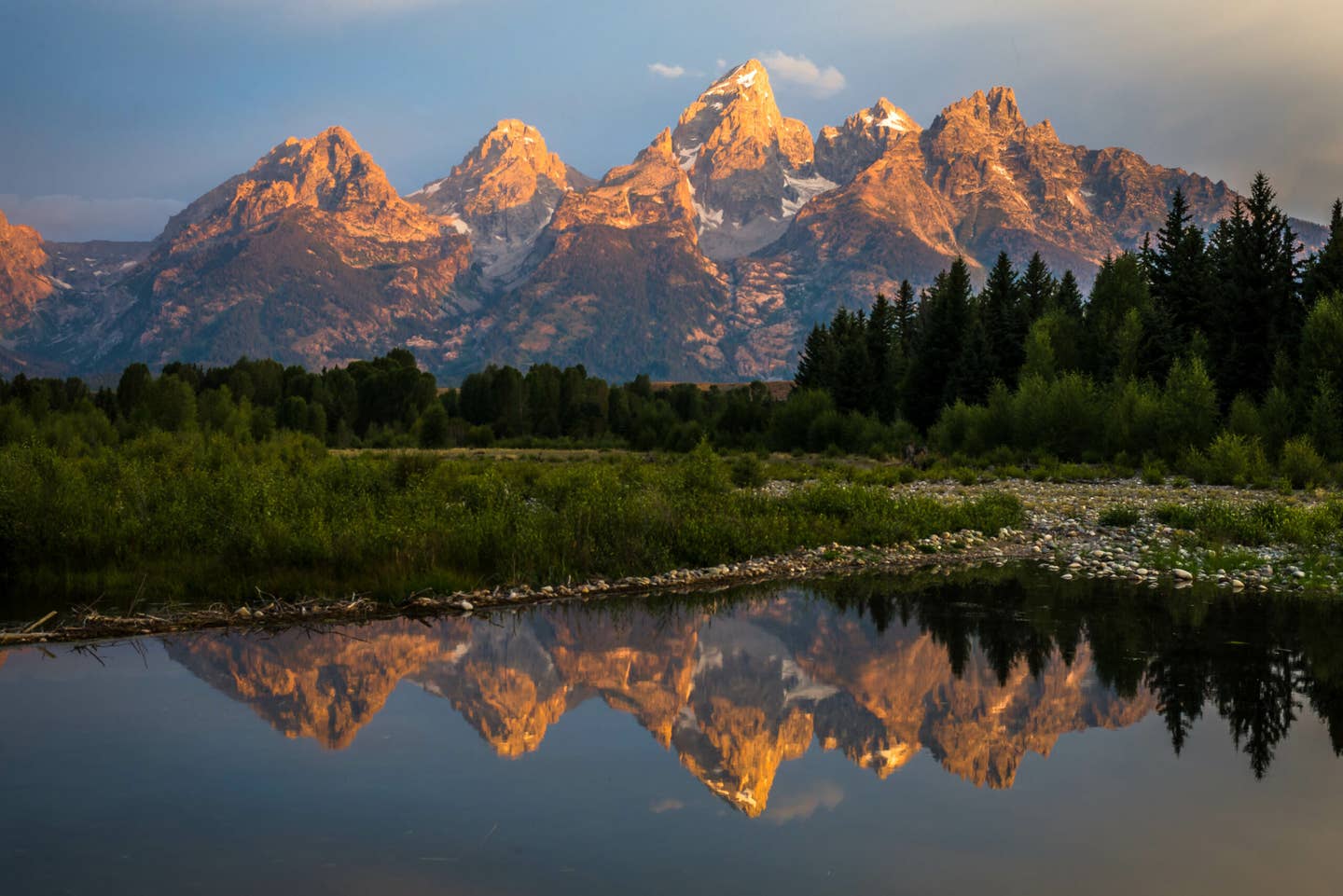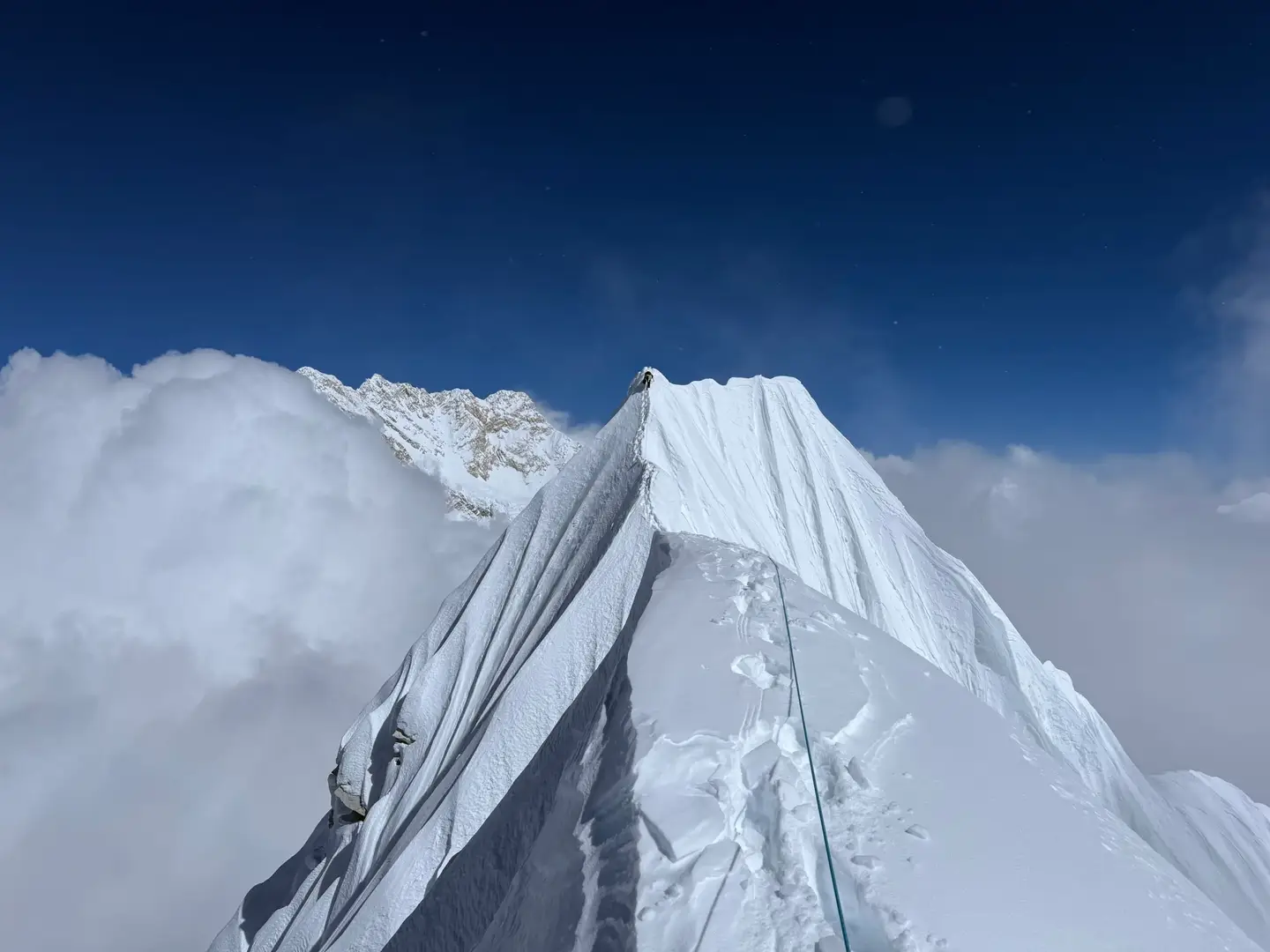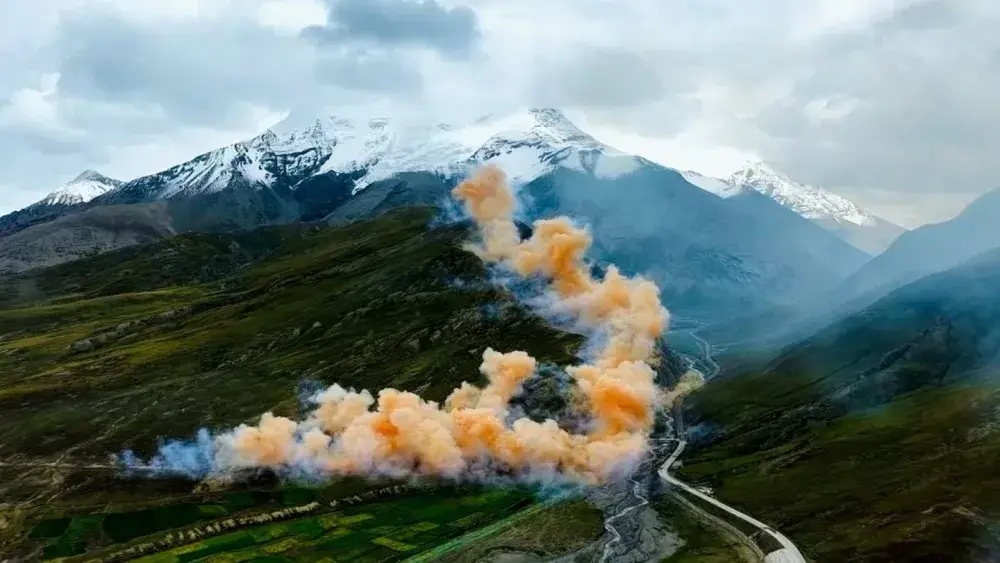

News: Avalanche Transceiver Checkpoints Gain Traction
Popular Stories
The next time a rider slips through a backcountry access gate at Jackson Hole Mountain Resort without an avalanche transceiver, they won’t only experience the nagging feeling of being unprepared. Powder seekers unequipped with a transceiver will be staring down a red X on a device at the gate, thanks to a joint effort between Outer Local and Backcountry Access.

A snowboarder exits the Lower Rock Springs backcountry gate at Jackson Hole Mountain Resort. The rider has a functioning beacon, as indicated by the green circle on the beacon checkpoint. Photo courtesy Outer Local.
BCA says it has placed over 100 avalanche beacon checkers at trailheads and gates around the ski world. The company says the main goal of the program is to re-iterate with a green light for the those who are prepared that their equipment is working, or warn them if no signal is detected. That is where the red X comes in — in the case of a shut-off, malfunctioning, or absent unit.
The devices are part of the “Are You Beeping” campaign that BCA has been working on for about three years, BCA’s director of sales Steve Christie said. Beacon checkers only check for a signal, and do not prevent anyone from continuing on.
The increasing popularity of backcountry skiing has led to increasing numbers of people heading out into avalanche terrain unprepared. Beacon checkers are yet another reminder that to go out with no beacon is to head out with no potential lifesaving equipment. After all, an avalanche beacon is just one piece of the puzzle in backcountry safety and survival, but when all else has gone wrong, it is the piece you will depend on for your life.
BCA, along with the Jackson ski community, is excited about the development.
“Jackson is an important area for our business because of the numbers of people skiing outside the resorts there. It is basically the hotbed of backcountry skiing in the US,” Christie said. “We want to keep users safe by making sure their equipment is working properly, but in the worst case scenario — not having a beacon — it can help people be more aware of safety equipment.”

A beacon checkpoint in Utah. Photo courtesy Utah Avalanche Center.
Those experienced with beacons do occasionally forget to turn them on, as was the case with Christian Beckwith, founder of Outer Local and the force behind bringing the campaign to the Tetons. Last season, at the end of a big day in the Tetons and a technical descent of Teewinot, he realized — perhaps due to the predawn start — he never turned his beacon on during the outing.
Sign Up for the TGR Gravity Check Newsletter Now
The campaign expansion has brought 12 BCA Beacon Checkers in the Tetons, devices situated at popular trailheads and at Grand Targhee and at JHMR backcountry gates. Beckwith said efforts are underway to place several more throughout the Tetons.
“Anything we can do to help make the backcountry experience safer is a positive evolution,” Beckwith said. “And if this program helps save even one life, it will have been worthwhile.”
It is worth noting that so far this season, across the western US, the snowpack has shown notable weaknesses and the continued high pressure does not bode well for good long-term stability or significant strengthening of the snowpack. Many avalanche experts expect that with the next big snowfall, there may be a widespread avalanche cycle. These are the situations in which powder-starved riders get in trouble, by being too eager to get after it following weeks of mediocre snow conditions. Knowledge about avalanche conditions, the proper gear and knowing how to use it is extremely important.

From the car, to the gnar, to the bar — always pack your beacon, shovel and probe! Photo courtesy BCA.



